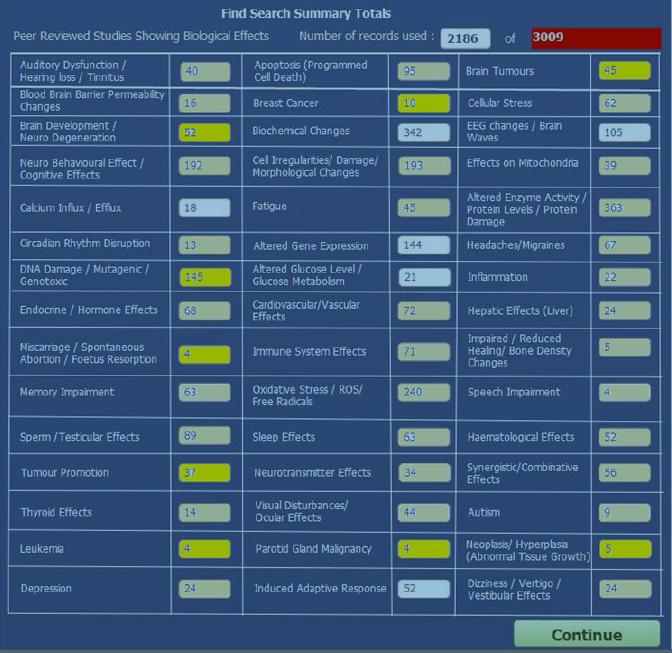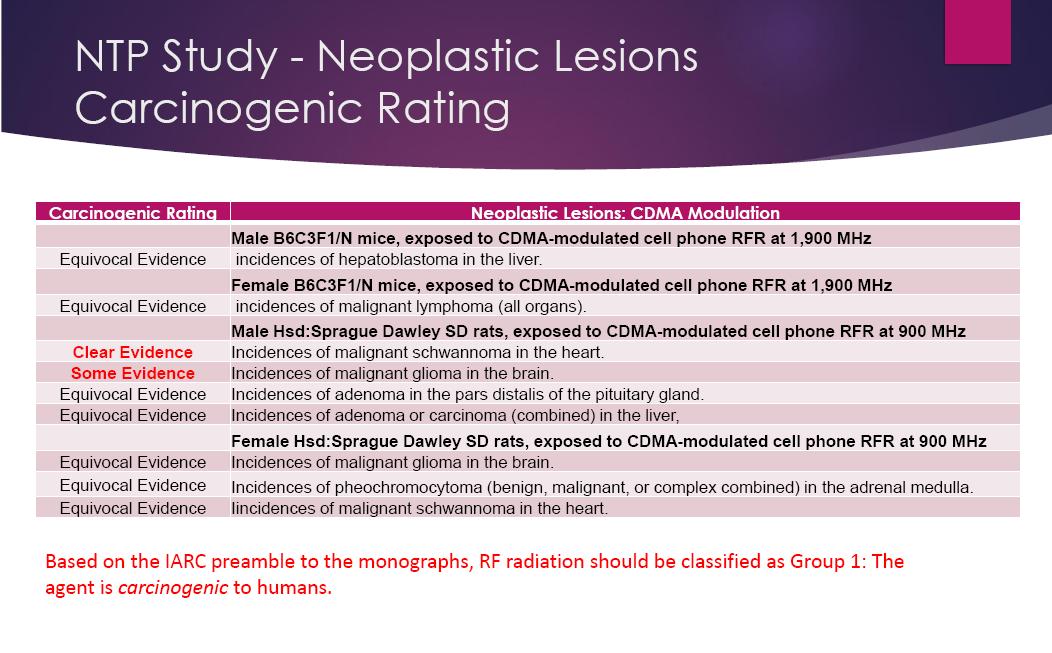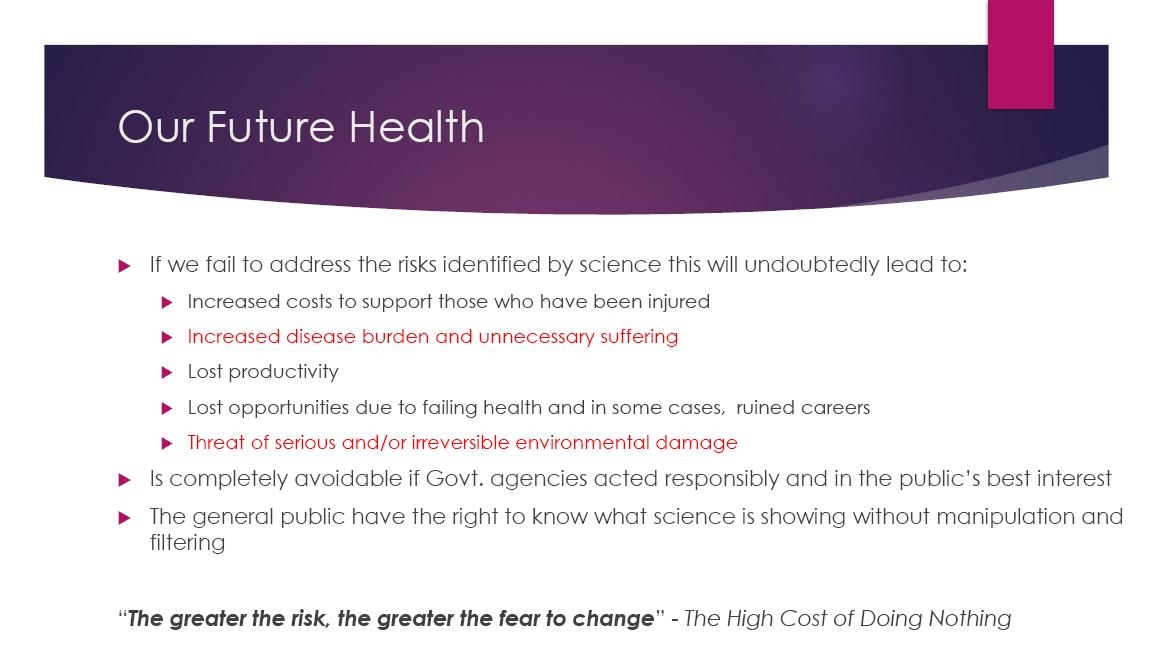Re- posted from Between a Rock and a Hard Place (Dr Dariusz Leszczynski)
Guest Blog from Steve Weller, Australia
Excerpts:
My name is Steven Weller and I have a Bachelor of Science degree in biochemistry and microbiology from Monash University. For the past 7 years I have been reviewing and categorizing more than 3000 scientific research papers on non-ionizing electromagnetic radiation (EMR)/Electromagnetic frequencies (EMF). I am one of the founding members of the Oceania Radiofrequency Advisory Association (ORSAA) and also a public representative on the Electromagnetic Energy Reference Group (EMERG) committee established by the Australian Radiation Protection and Nuclear Safety Agency (ARPANSA). EMERG meets twice a year with representatives from industry, government health and regulatory bodies, work health and safety, academics and members of the public to discuss topics of interest relating to wireless technology, radiofrequency radiation and health.
The contents of this blog are my personal opinions and do not necessary reflect the opinions held by ORSAA or the EMERG committee members.
At the most recent EMERG meeting held on May 8th 2018 in Melbourne, Australia, I presented on the following two important topics:
- Risk Management (presentation slides: Risk Management Presentation – public version )
- Research Needs (presentation slides: Radiofrequency Electromagnetic Research Needs – public version )
Conclusion
It would appear that outdated and incorrect philosophies dominate the viewpoints of non-ionizing radiation protection/regulatory bodies. A case perhaps where there is an application of too much physics and engineering principles in isolation and not integrated with the field of biology and medicine.
Unless the nexus between government and industry can be broken it is unlikely we will see a fair assessment of the science or the recognition of the potential harm that is being suggested by the accumulated research. The main issue being there is too much money to be made and to take a precautionary stance is seen as an unnecessary burden because it would undoubtedly have negative consequences on industrial output, population surveillance initiatives and military function. The real cost this technology is having on health is a big unknown because there is active avoidance by authorities to look at the big picture, perform health surveillance studies and review the available scientific evidence objectively.
Slides from the presentation:




